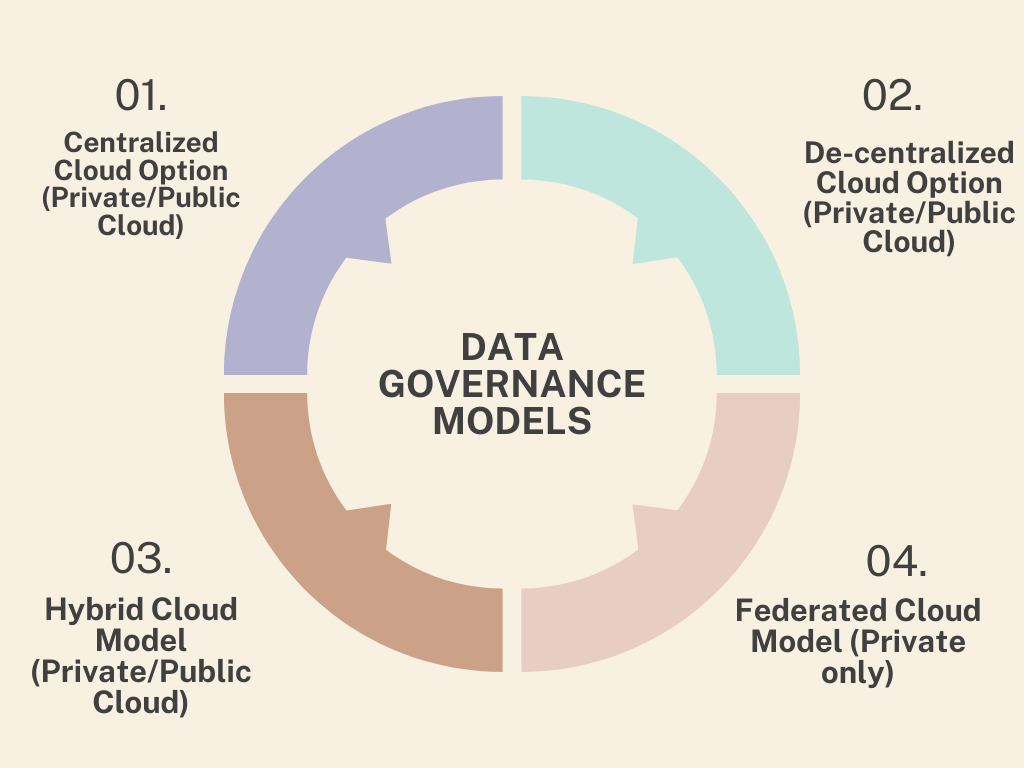
Data Management
Data Management involves the process of collecting, storing, organizing, and maintaining the data created and collected by an organization. Effective data management ensures that data is accurate, available, and accessible, enabling businesses to make informed decisions, comply with regulations, and gain a competitive edge.
Why Data Management is Crucial ?
Strategic Opportunity for Market Capture in Cloud Data Management ?

Cloud Data Management Services for Edge Data Centers
Setting up data management for a data center involves several key steps to ensure efficient, secure, and reliable handling of data.
Cloud Data Management Framework Coverage:
Regulatory & Compliance
Data Retention Policies Configuration
Recovery Time Objectives (RTO) and Recovery Point Objectives (RPO) configuration based on data types
Back-up Testing and Restore Processes
Conduct Audits, Assessments and Compliance Reviews based on domains (Healthcare HIPAA, GDPR, etc.)
Compliance Violation Reports

Data Governance Models for Deployment
Models that can be deployed for managing data assets within Data Centers are portrayed below. We can offer a variety of services tailored to different business needs, ranging from infrastructure-as-a-service (IaaS), platform-as-a-service (PaaS) and software-as-a-service (SaaS).
The choice of private/public cloud provider often depends on specific business requirements, existing technology stack, and geographic considerations
Other Service Offering : Data Analytics as a Service
Offer Data Services to move the domain data to an analytics layer and perform the below functions:
1. Data Ingestion on a selected cloud platforms
2. Data Storage on Data Lakes and Data Warehouses Supporting all kinds of structured and unstructured data
3. Data Processing layer for managing analytics workloads (AL/ML layers) along with Model management
4. Analytics (Prescriptive and Predictive) layers and Visualization (Power BI/Tableau/native visualization tools)
5. Security and compliance layer for data access control and monitoring
